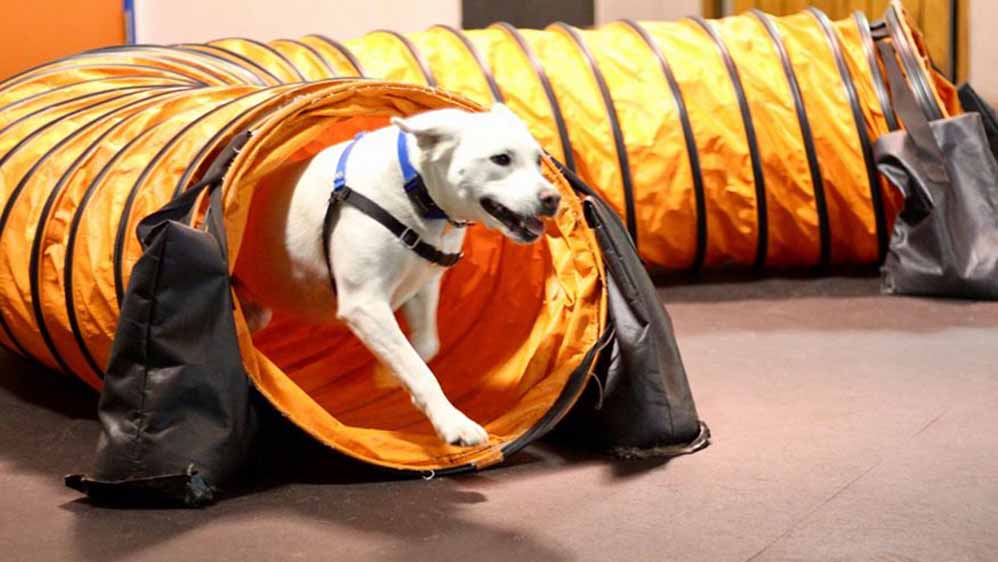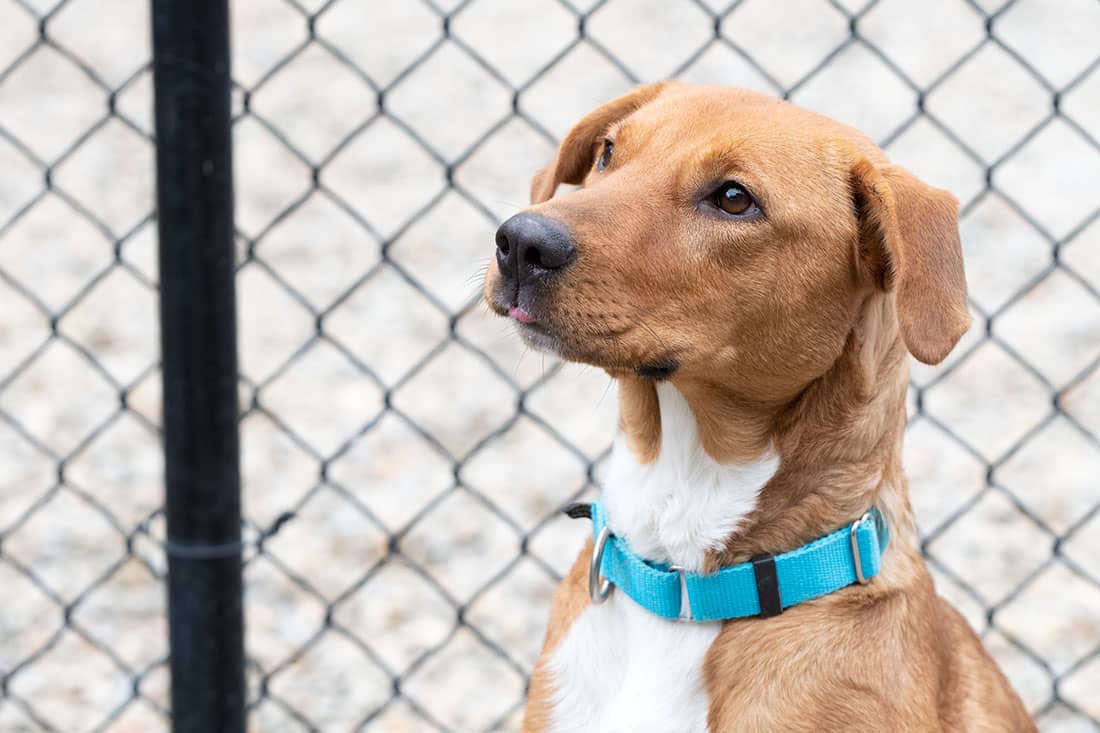Common Behavioral Issues and Their Solutions in Dog Training
Common Behavioral Issues and Their Solutions in Dog Training
Blog Article
Vital Tips for Effective Dog Training: An Overview for Pet Owners
Reliable pet dog training is a complex process that needs a calculated method tailored to both the family pet's personality and the proprietor's goals. Understanding just how to navigate these obstacles can significantly boost the training experience, ultimately changing the relationship in between proprietor and dog.
Recognizing Dog Actions
Recognizing canine behavior is necessary for effective training and cultivating an unified connection in between dogs and their proprietors. Canines communicate mostly through body language, articulations, and actions, making it vital for owners to analyze these signals accurately. Acknowledging a pet's stance, tail setting, and ear alignment can provide insights right into its emotional state. For example, a wagging tail does not constantly indicate happiness; it can additionally signal enjoyment or stress and anxiety.

Socializing plays a considerable function in pet dog habits; exposure to various environments, individuals, and various other pets can dramatically influence a pet's character. Elements such as type attributes and private personality need to assist training methods, as some types might have details behavior traits that demand customized techniques. By understanding these components, owners can create a helpful setting that urges positive actions, resulting in effective training outcomes and a deeper bond with their family pets.
Establishing Constant Commands
Effective interaction with your pet starts with developing constant commands. This foundational component of training is critical for promoting understanding in between you and your pet. Consistency in the commands you use makes certain that your pet can dependably link particular words or expressions with the wanted behaviors.
When picking commands, choose clear, unique words that are very easy to separate and say from each other. Stay clear of making use of similar-sounding commands that may perplex your dog. For example, making use of "sit" and "remain" is suitable, yet "rest" and "hit" could bring about misconceptions.
Additionally, maintain the very same tone and quantity for each command. Canines are sensitive to vocal hints, so differing your tone can develop complication.
It is just as essential to ensure that all relative are on the exact same page relating to the commands made use of. A united front in command use will certainly protect against combined signals and strengthen the discovering process.
Favorable Reinforcement Methods
The power of positive support in canine training hinges on its capacity to encourage desired actions with rewards and appreciation. This technique is based in the principle that behaviors adhered to by positive outcomes are much more likely to be duplicated. By integrating favorable reinforcement into your training regimen, you can properly shape your dog's habits in a constructive way.
To implement positive support, it's necessary to identify what inspires your dog, whether it be deals with, toys, or verbal appreciation. When your dog carries out a wanted action, such as resting on command, instantly compensate them with a treat or affection. This organization in between the command and the positive result reinforces their understanding.
It's essential to timing the incentives properly; supplying the support within seconds of the desired actions helps your canine make the link (dog training). Additionally, consistency is key-- ensure that all member of the family use the exact same commands and benefit systems to avoid confusion

Slowly, you can minimize More Info the regularity of treats as your canine finds out the actions, transitioning to praise or periodic incentives. This method not only fosters a strong bond between you and your dog but also promotes a favorable understanding atmosphere, making training a delightful experience for both.
Socialization and Interaction
Continually exposing your dog to a variety of atmospheres, people, and other animals is vital for their social growth. Socializing needs to begin early, ideally during the crucial window of 3 to 14 weeks, when puppies are most responsive to new experiences. However, older dogs can also take advantage of recurring socializing efforts.
Introduce your dog to different setups, such as parks, pet-friendly shops, and metropolitan locations. This direct exposure assists them adapt to various stimulations, reducing anxiety and fear responses. Encourage favorable interactions with other canines and people, guaranteeing that these encounters are controlled and risk-free to cultivate self-confidence.
Utilize structured playdates with genteel canines, as this can boost your investigate this site pet dog's social skills and show them proper behavior. Obedience courses and training sessions also give exceptional opportunities for socialization, enabling your canine to communicate with others in a supervised environment.
Display your dog's body movement throughout communications, as this will aid you determine their convenience level. Gradually boost direct exposure to more tough situations while making certain that each experience declares. A his explanation well-socialized canine is most likely to display well balanced behavior, making them a joy to have in any type of setup.
Dealing With Typical Training Challenges
Every canine proprietor will certainly encounter training difficulties eventually, despite their pet's age or socialization degree. Identifying common problems such as stubbornness, distractions, and terror can help in developing efficient approaches for enhancement.
:max_bytes(150000):strip_icc()/a-dog-trainer-giving-a-hand-command-to-black-labrador-dog--1153579373-cb14c8fb30724468a702c972910c6f2a.jpg)
Distractions during training sessions can derail emphasis. To fight this, start training in a quiet environment with minimal stimulations. Progressively introduce distractions as the canine becomes much more efficient in commands. Short, frequent training sessions are likewise effective in maintaining attention.
Terror can hinder a pet dog's discovering process. Progressive desensitization to the resource of concern, coupled with positive reinforcement, can aid alleviate anxiousness. Perseverance is vital; never force a pet right into a scenario that triggers distress, as this may exacerbate the concern.
Eventually, understanding and addressing these typical difficulties with a structured strategy will foster an extra effective training experience, reinforcing the bond between pet and owner while promoting efficient discovering.
Final Thought
In summary, effective dog training relies upon a detailed understanding of canine behavior, the facility of constant commands, and the application of favorable reinforcement strategies. Socialization plays an essential duty in establishing well-adjusted animals, while resolving common training obstacles requires perseverance and adaptability. By executing these important approaches, animal proprietors can foster a strong bond with their dogs and advertise preferable behaviors, inevitably leading to a harmonious partnership in between people and their canine friends.
Comprehending dog behavior is crucial for efficient training and fostering a harmonious partnership between canines and their proprietors.Socializing plays a considerable role in canine actions; exposure to different environments, people, and other animals can dramatically impact a pet dog's personality.The power of favorable support in dog training lies in its ability to motivate preferred habits via incentives and appreciation. By integrating positive support right into your training routine, you can effectively shape your dog's actions in a constructive manner.
In summary, successful canine training depends on a detailed understanding of canine actions, the facility of regular commands, and the application of favorable support methods.
Report this page